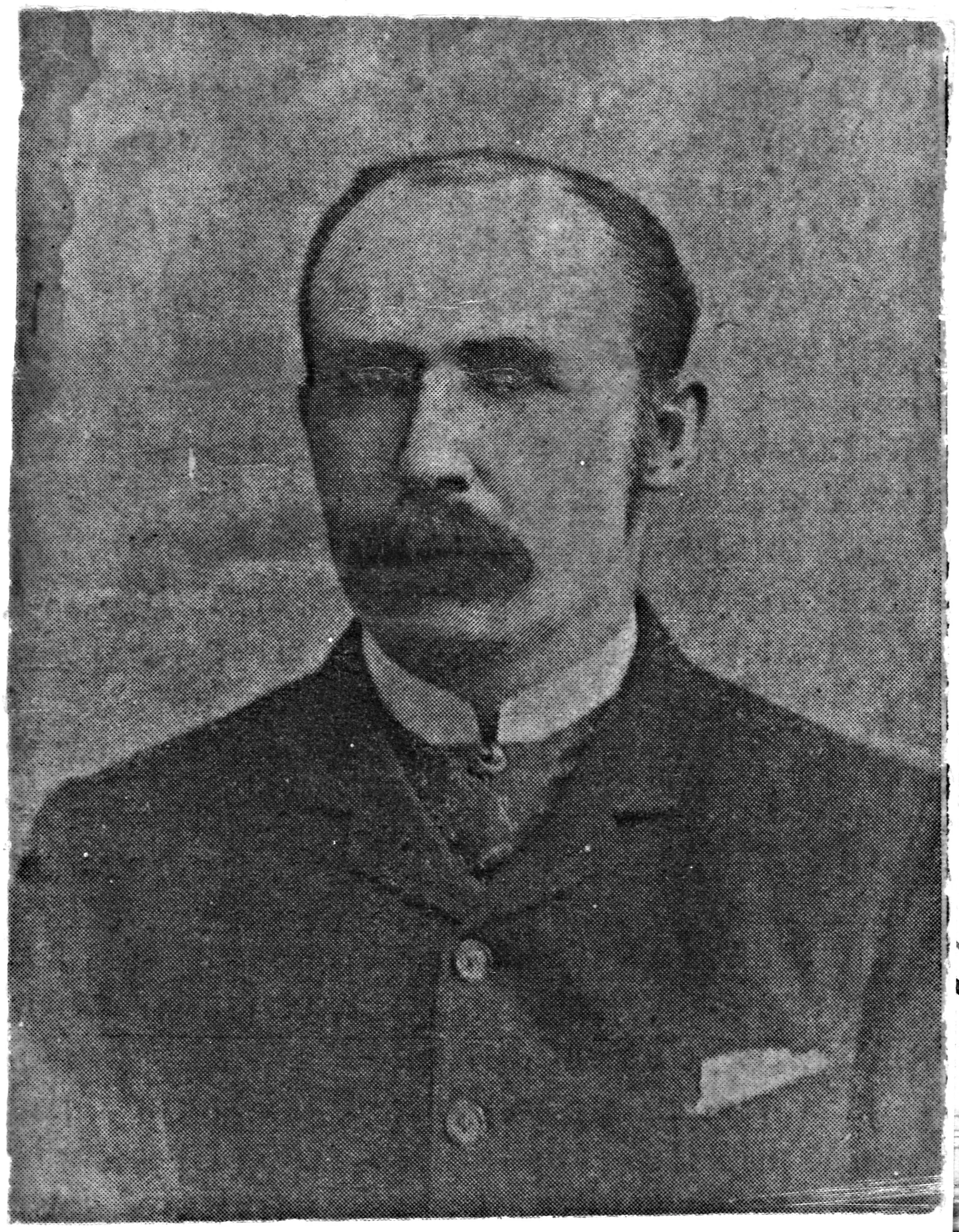edward winkle
find out more about edward winkle
Edward Winkle
Many patients at the Powick Asylum spent most of their lives in mental health institutions. Edward Winkle was one such patient. Apart from a three month period in 1895, he spent the years from 1894 until his death in 1912 at Powick – a total of eighteen years. The best years of his life were spent in an institution.
Edward was born in Walsall in 1857. The birth index does not record his actual date of birth, nor the names of his parents. He makes his first appearance in the census records in 1861, where his parents are named as Edward and Sarah, and his siblings as Martha and William. Edward was a commercial traveller and the family lived in Oxford Street, Walsall.
Ten years later the family had moved to Cemetery Road, Great Malvern, and the fourteen-year old Edward was listed as a Pupil Teacher. Another ten years later, and Edward was still living with his parents in Cemetery Road, but with no profession listed, even though at 23, he should have been working.
In 1884 Edward married Marion Rowe. Edward was 26 years old, a Professor of Music living in Great Malvern. Marion was a year younger, and lived in Nottingham, where the marriage took place on 22 April. No profession was noted for her. In the 1891 census, the couple were still living in Great Malvern, though now Edward listed himself as a Music Seller. There were no children noted on the census return.
Edward was first admitted to the Powick Asylum on 12 January 1894. His case notes give his occupation as Teacher of Music, and the cause of his malady was said to be ‘Over anxiety & worry, Rheumatic Gout’. The case notes continue: ‘He is very deluded fancying that he is possessed of supernatural powers and that he mesmerises almost everybody by simply looking at them, also that his mother-in-law poisoned some claret that he drank. He accuses his wife of attempting to procure abortion, there being no reason to suppose she is pregnant.’
Time and again the case notes refer to Edward’s delusions of grandeur, which mostly took three forms. He was convinced that he was a world famous musician, that he had mesmeric powers and that he was a victim of poisoning. However, he did well at first, working in the garden and playing music for morning prayers. On 13 August 1895, it was reported that ‘He is bright & cheerful & is willing to help in any way; he plays the harmonium at morning prayers & the organ in the chapel as well.’
On 7 October ‘Dr. Cooke being of the opinion that the patient had advanced toward recovery as far as he would do in the asylum & that the only prospect of further improvement would be attained by his leaving the asylum & as his father undertakes to have him at home & to look after him, since owing to his relations with his wife it is not feasible for him to return to his own home, the Committee of Visitors this day ordered him on trial for four weeks.’
Edward was released two days later, but this happy situation did not last. On 19 November 1895 he was readmitted, and spent the rest of his life in the Asylum. Again, the case notes repeatedly refer to his delusions, now concentrating on his belief that he was a genius with electricity, a supreme sportsman and that he had travelled widely. His personal habits were also of concern to the asylum staff. ‘Continues very deluded, perverted in his habits, often bathes his head & face in his own urine.’ He also collected rubbish and was very untidy.
In common with many other Powick patients, Edward suffered from a good many ailments. Although his case notes on admission refer to gout, this does not appear in later case notes. He was prone to constipation and dyspepsia, for which he was prescribed cascara, but nothing seemed to improve his condition. During his second period at the asylum, he was anaemic and had extremely bad teeth.
Edward’s end came unexpectedly. On 23 August 1912, he was discovered dead in his bed. An autopsy revealed that he had died of an undiagnosed aortic aneurysm. In October 1899 he was found to have a slightly enlarged heart, and in October 1902, a slight murmur was detected. There is nothing in his case notes about any treatments for these conditions. It makes one wonder how much health care was available to patients at the asylum. Edward was only 55 years old.
Marion wasted no time in remarrying. In the 1911 census, she was living in the household of James Settle, a Professor of Music, in Liverpool. She is listed as a Housekeeper, but is said to have private means, rather than as an employee. Given that he, like Edward, was a musician, is it possible that they knew one another before Edward was admitted to the asylum? A census return for Marion for 1901 cannot be found, so it is unknown just when she moved to Liverpool.
Whatever was the truth about Marion’s relationship with James Settle, it still comes as somewhat of surprise that they were married on 26 December 1912, only four months after Edward’s death. James died in 1931, and Marion in 1943.
Research by Cathy Broad, 2025
To view Edward’s patient records, click here.
Go back to find out about more people who were patients at the asylum.


